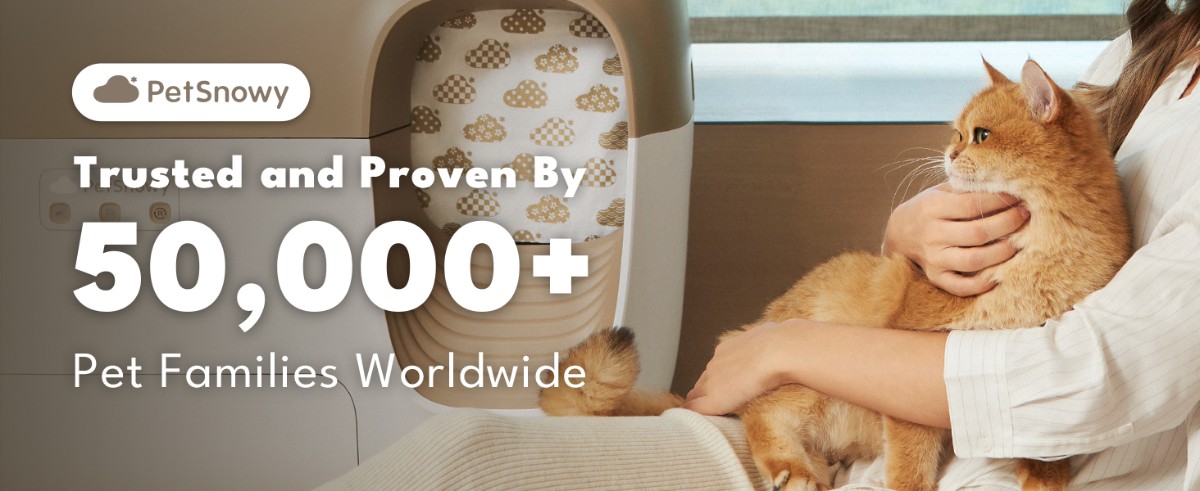Are Pet-Friendly Spaces and Events Right for Your Pet?
Wednesday, 18 June 2025
At PetBubble, we love seeing more places and events welcome pets – from markets and festivals to local community gatherings and cafés. It's a step in the right direction towards building a world where pets are truly included.
But as much as we support pet-friendly spaces, not every pet-friendly event is the right fit for every pet.
So how do you know whether it’s a good idea to bring your furry friend along?
What Does “Pet-Friendly” Really Mean?
Pet-friendly should mean more than just pets allowed. It should be about strengthening the bond between pet and pet parent, while also supporting their comfort, wellbeing, and enjoyment.
If an event overwhelms, frightens, or overstimulates your pet, it’s not serving their best interests – and it’s likely to be stressful for you, too.

Key Questions to Ask Before Attending a Pet-Friendly Event
Here are a few things to consider before deciding if an event is right for your pet:
🐾 Is your pet well socialised and confident in new environments?
Some pets thrive in busy settings with new sights, sounds, and smells. Others may find it too much. If your pet seems reluctant, barks excessively, or shows signs of distress, it might not be the right environment for them.
🐾 Are appropriate facilities available?
Look out for essentials like water stations, shaded rest areas, quiet zones, and pet waste bins. These are signs an event is genuinely pet-welcoming – not just pet-tolerant.
🐾 What’s the expected noise level?
Loud music, fireworks, or large crowds can trigger anxiety, even in confident pets. Always consider your pet’s sensitivity to noise.
🐾 Will there be other animals?
If your pet is reactive, easily overstimulated, or prefers their own space, a high-pet-density event might not be the best fit.
🐾 How long will you be there?
Think about whether your pet will have chances to rest, hydrate, or take a break during the event.
Alternatives That Still Include Your Pet
If an event doesn’t feel like the right choice for your pet, that’s perfectly okay. Being a responsible pet parent means knowing when to say “not this time”. Instead, you could:
- Visit during quieter hours, if possible
- Attend solo first to check out the environment
- Plan a pet-friendly outing elsewhere, such as a quiet café or beach walk
- Create a mini version of the event at home with some fun enrichment activities
Final Thoughts from PetBubble
At the end of the day, pet-friendly should never be just a label – it should reflect a commitment to creating spaces where pets are safe, respected, and happy.
As pet parents, it's important to tune into our pets’ needs and make decisions that prioritise their comfort and wellbeing – not just what we’d like to do with them.
Because when pets feel good, so do we – and that’s exactly what PetBubble is all about.
Signs of Stress in Dogs
Dogs express stress, anxiety and discomfort through both behavioural and physical signs.
Key signs include:
- Panting excessively (even when not hot or after exercise)
- Yawning more frequently than usual
- Licking lips or nose repeatedly
- Trembling or shaking
- Whining or barking excessively
- Pinned back ears
- Tail tucked between the legs
- Avoidance behaviour, such as turning away or trying to hide
- Pacing or restlessness
- Shedding more than usual, particularly in short bursts
- Dilated pupils or wide-eyed expressions
- Loss of appetite
- Reactivity or aggression, especially if uncharacteristic
- Destructive behaviour or inappropriate elimination
Signs of Stress in Cats
Cats tend to show their stress in more subtle and withdrawn ways than dogs.
Key signs include:
- Hiding more often or for longer periods
- Decreased appetite or refusing food
- Increased vocalisation (e.g., yowling or meowing)
- Overgrooming or licking to the point of hair loss
- Scratching furniture more than usual
- Urinating or defecating outside the litter box
- Aggression
- Tense body posture and flattened ears
- Tail flicking, twitching, or lashing
- Dilated pupils or wide eyes
- Sudden bolting or hiding after small triggers
- Sleep habits change
Tip: These behaviours can be subtle and are often overlooked. It’s important to consider the context and whether these signs are out of character for your pet.
Sources
American Society for the Prevention of Cruelty to Animals (ASPCA) 2022, Common Dog Behavior Issues, ASPCA, viewed 17 June 2025, https://www.aspca.org/pet-care/dog-care/common-dog-behavior-issues.
International Cat Care (ICC) 2024, Stress in cats, International Cat Care, viewed 17 June 2025, https://icatcare.org/articles/stress-in-cats.
Royal Society for the Prevention of Cruelty to Animals (RSPCA Australia) 2023, What does my dog’s body language mean? RSPCA Australia, viewed 17 June 2025, https://kb.rspca.org.au/knowledge-base/what-does-my-dogs-body-language-mean/.
Royal Society for the Prevention of Cruelty to Animals (RSPCA UK) 2023, Understanding your cat's behaviour, RSPCA UK, viewed 17 June 2025, https://www.rspca.org.uk/adviceandwelfare/pets/cats/behaviour.
Royal Society for the Prevention of Cruelty to Animals (RSPCA UK) 2023, Understanding a dog's body language, RSPCA UK, viewed 17 June 2025, https://www.rspca.org.uk/adviceandwelfare/pets/dogs/behaviour/understanding.
Seksel, K 2014, Recognizing signs of fear, anxiety and stress in dogs and cats, Veterinary Information Network (VIN), viewed 17 June 2025, https://www.vin.com/doc/?id=7054740.


